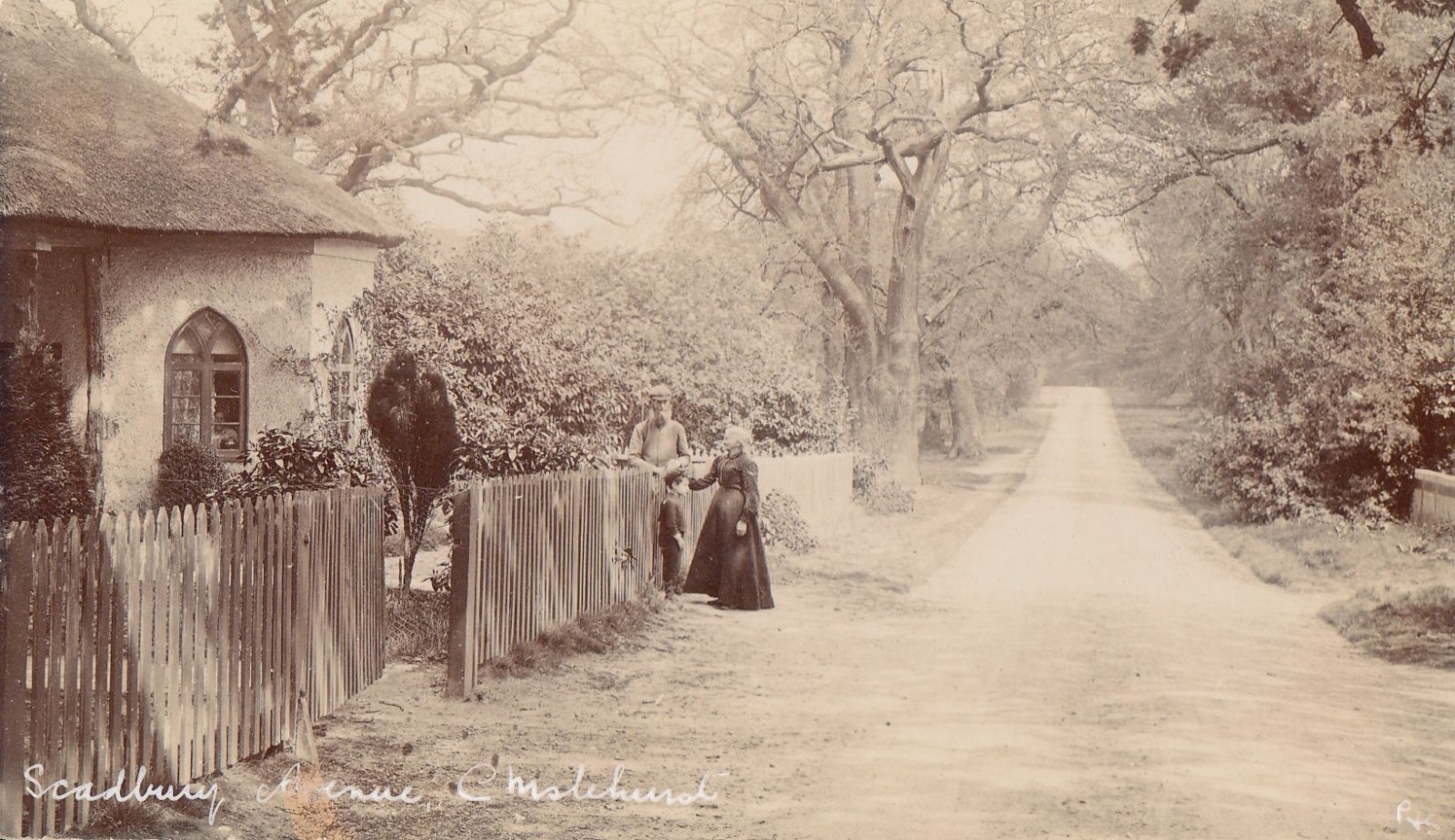On the other side of the drive are the remains of the gamekeeper’s workshop. The 1868 OS map shows out-buildings with pens outside. However the 1915 OS map shows a later building on a different alignment. The foundations of both of these can be seen today and are marked by timber posts at each corner of the archeological site.
The gamekeeper was an important member of the Scadbury workforce. The aristocraticTownshend family held shoots on the Scadbury estate; these were attended by members of their circle, said to include the Prince of Wales. The gamekeeper had to ensure enough birds were available so that the shoot ran smoothly. He would have waged a battle with poachers and vermin. The rhododendrons still visible in the Scadbury woodland alongside the drive were probably introduced at this time, as cover for game birds. The family game book shows that on 23rd November 1935 they shot 62 pheasants, 1 partridge, 1 rabbit, 1 woodcock and 3 pigeons in the woods at Scadbury.
The workshop contained a hearth, chimney stack and a copper. The gamekeeper would have needed store-rooms for feed and other items, and pens for raising birds. Excavations carried out by the Orpington and District Archaeological Society (ODAS) have produced evidence of the gamekeeper’s working life over the years. Brocken crockery, pieces of clay pipe, shot gun cartridges and an old animal trap have been found. Several bottles were found which contained mineral water from the Chislehurst Mineral Waters Company.
Michael Meekums –Orpington and District Archaeological Society – April 2021
Further information – www.odas.org.uk
